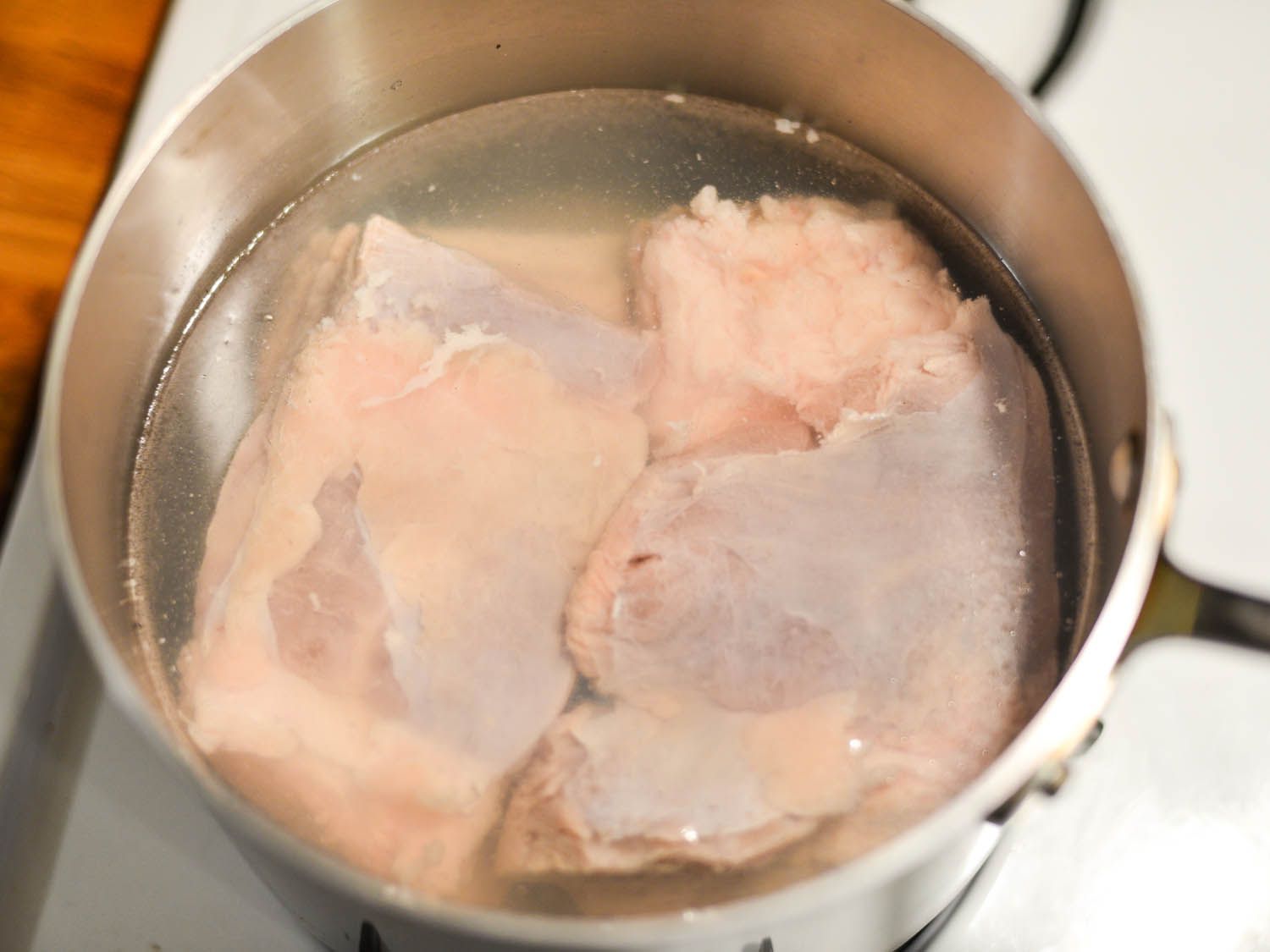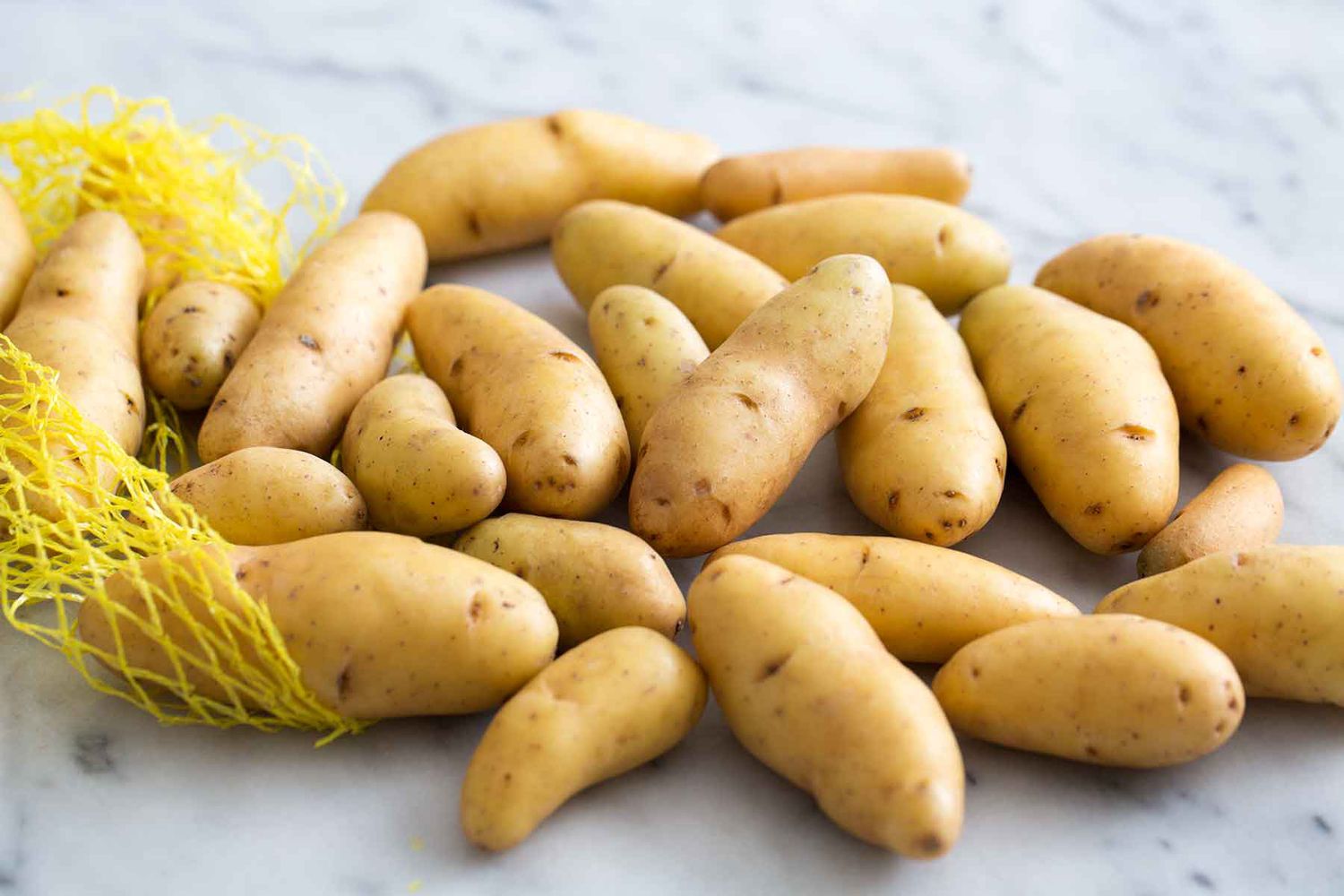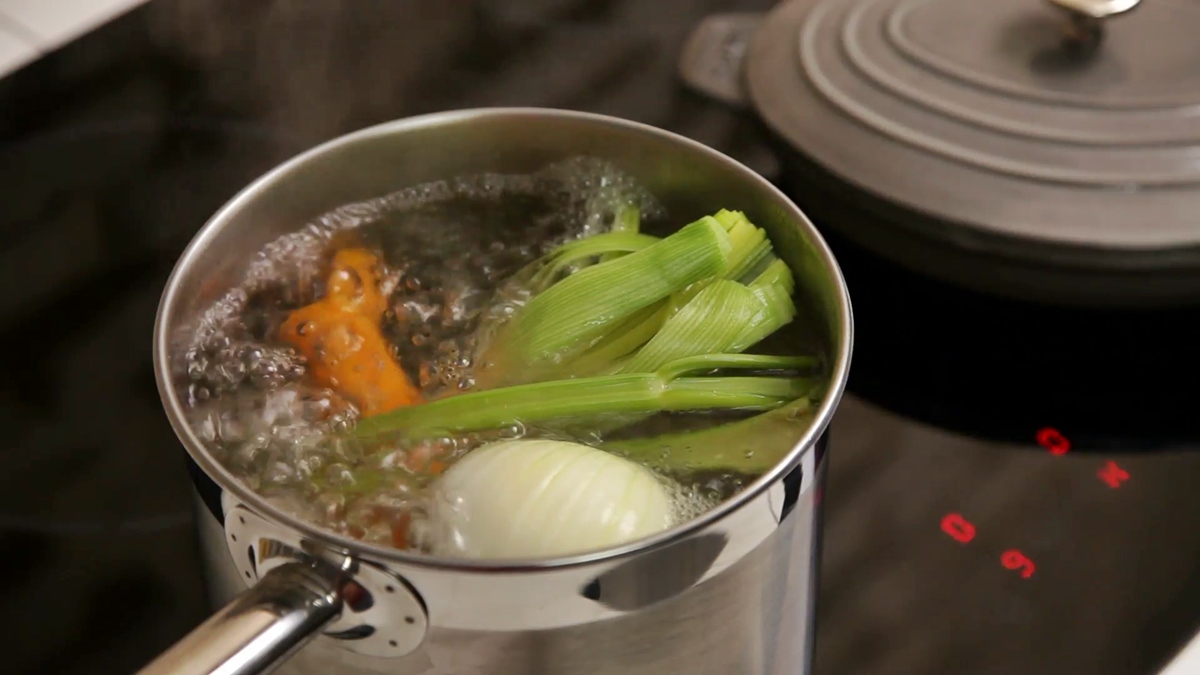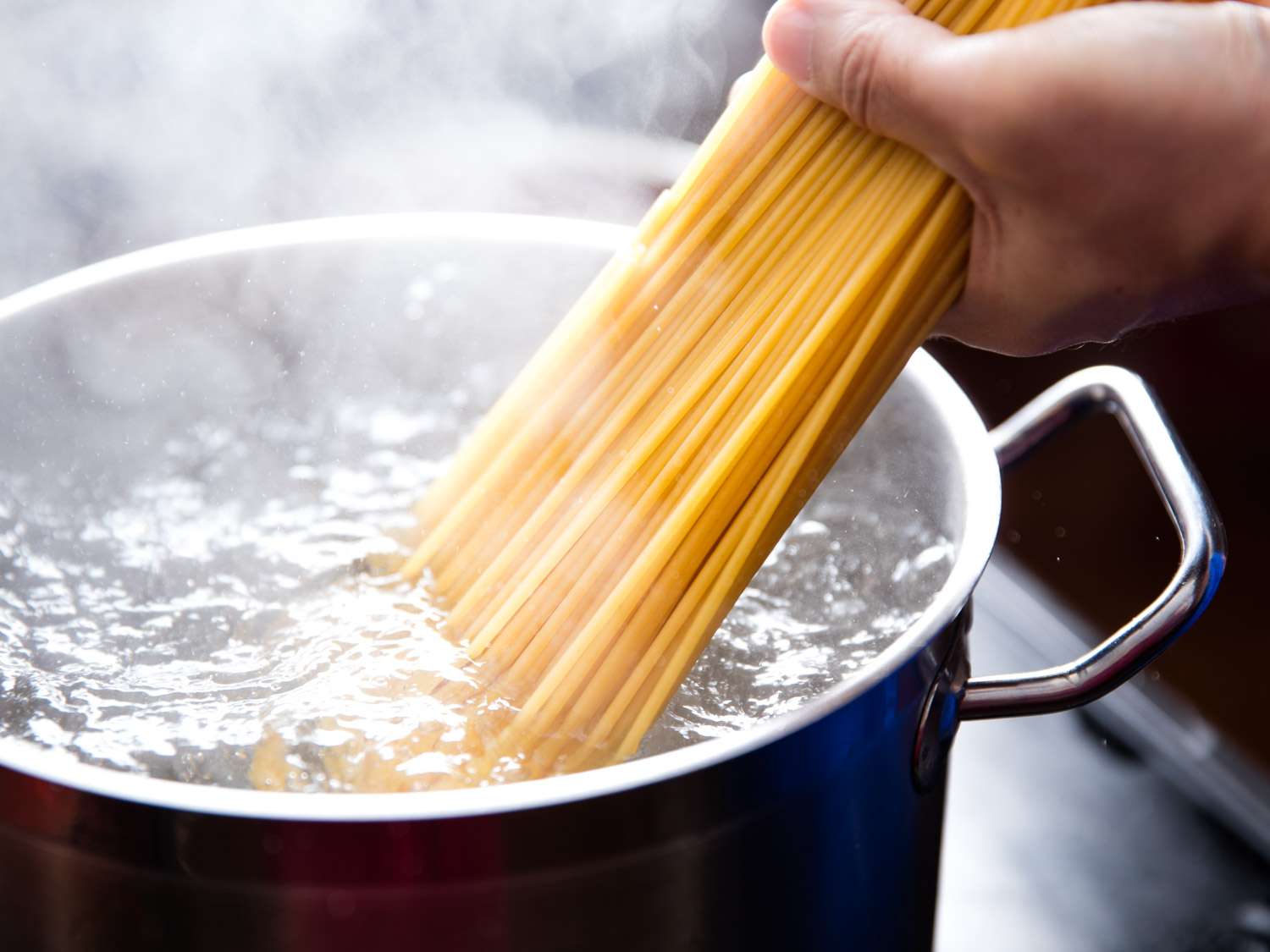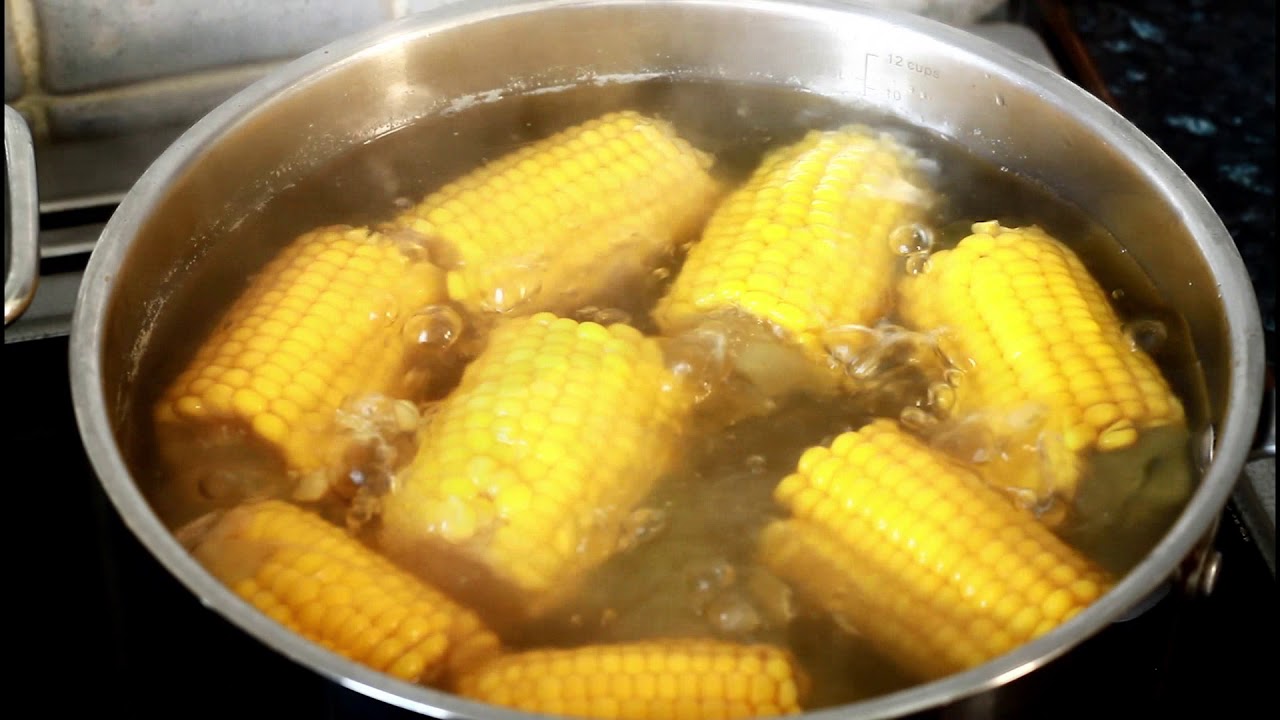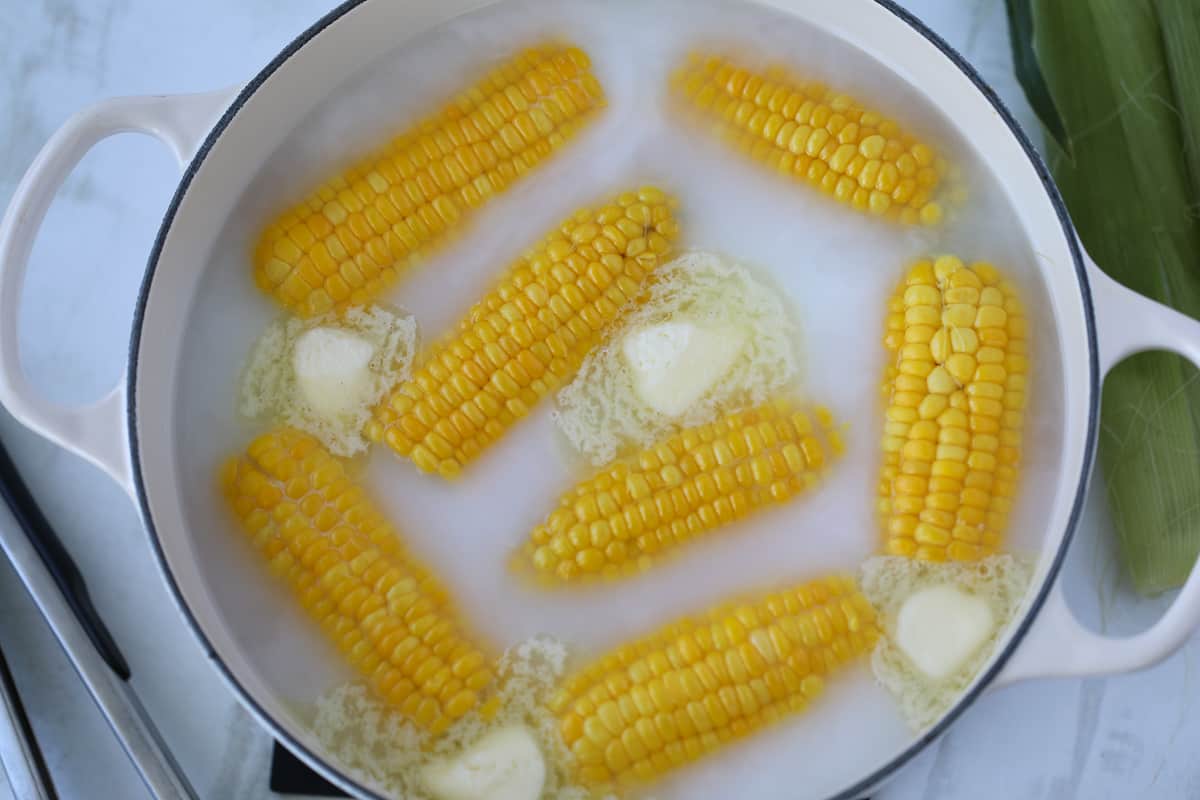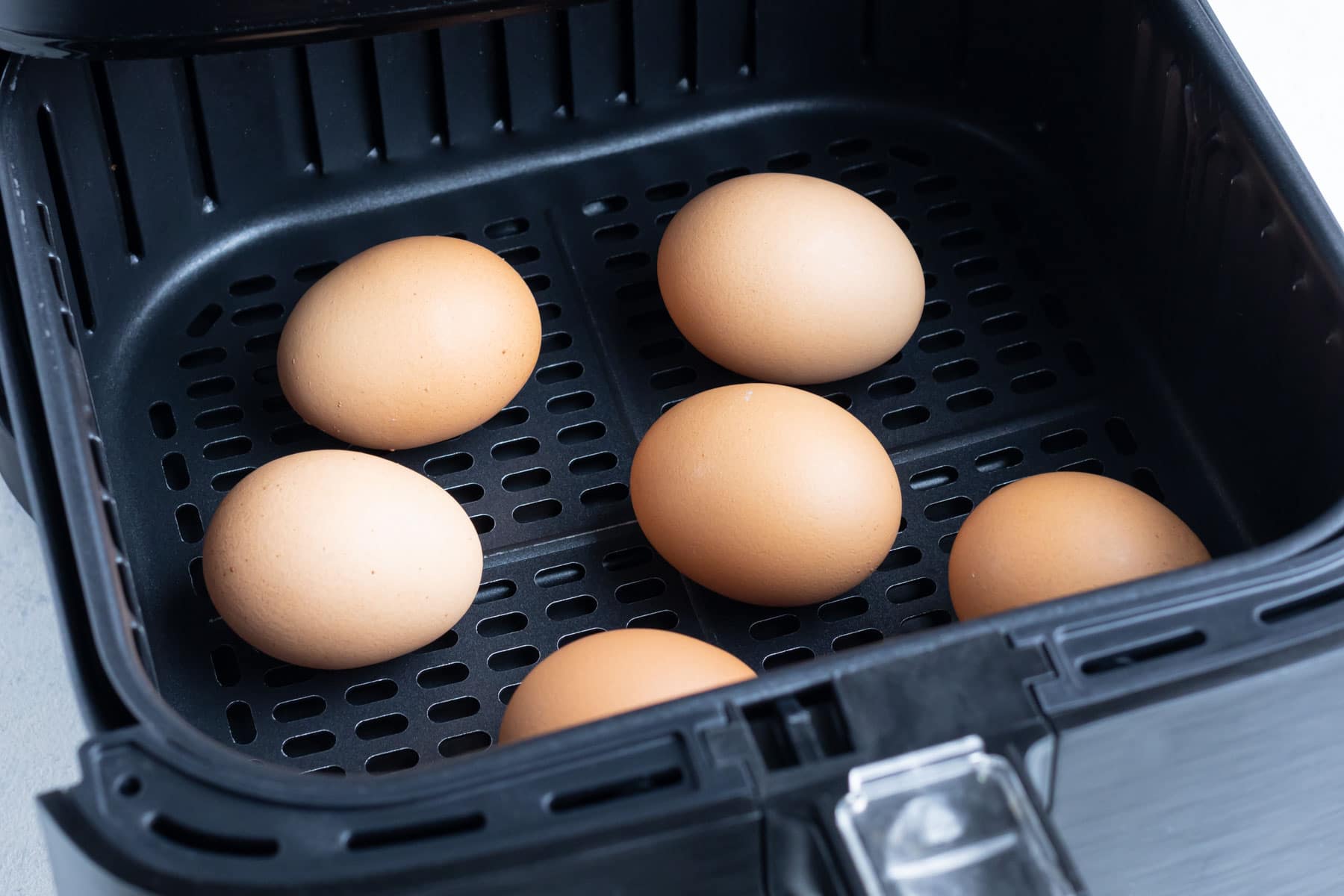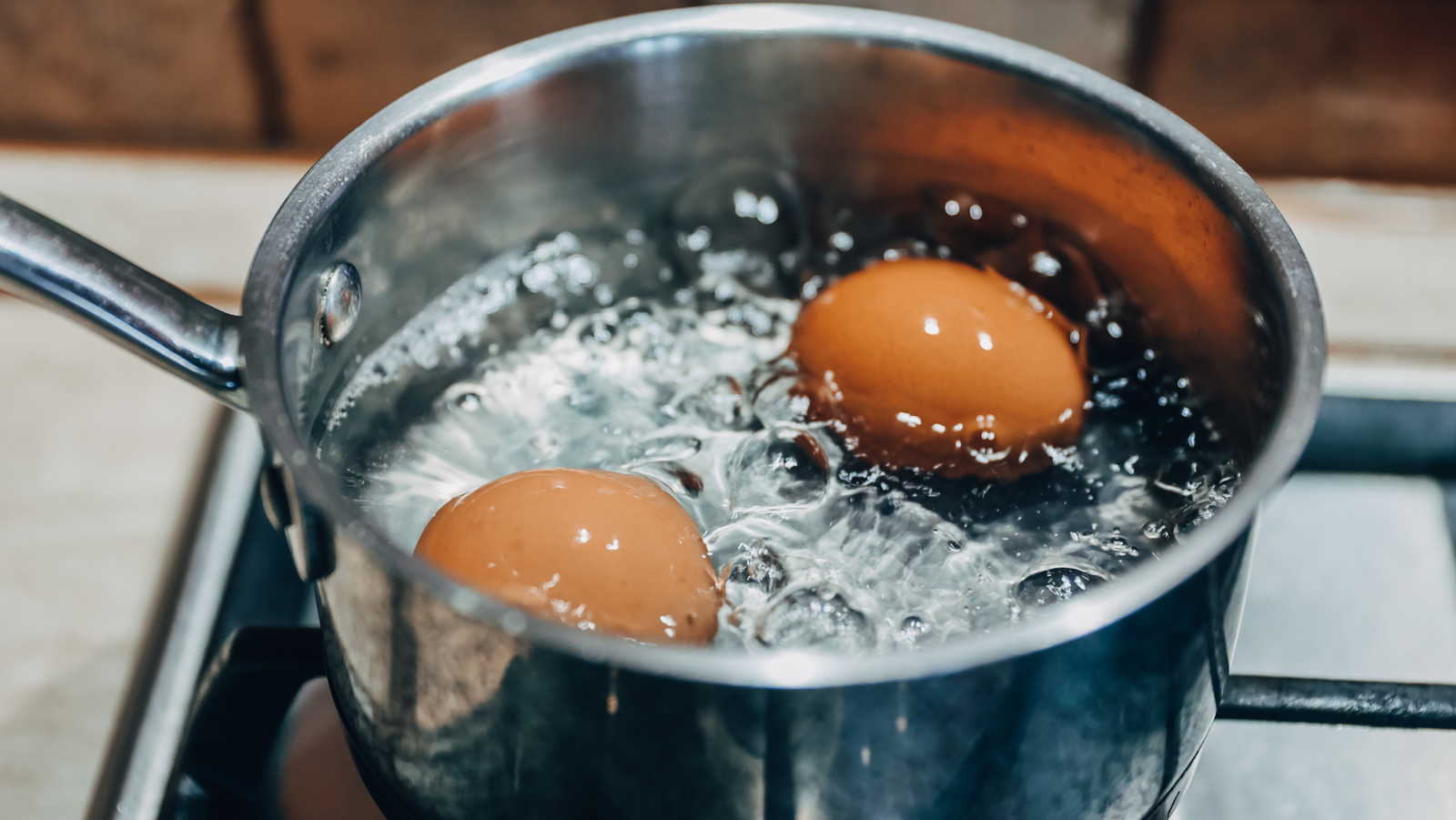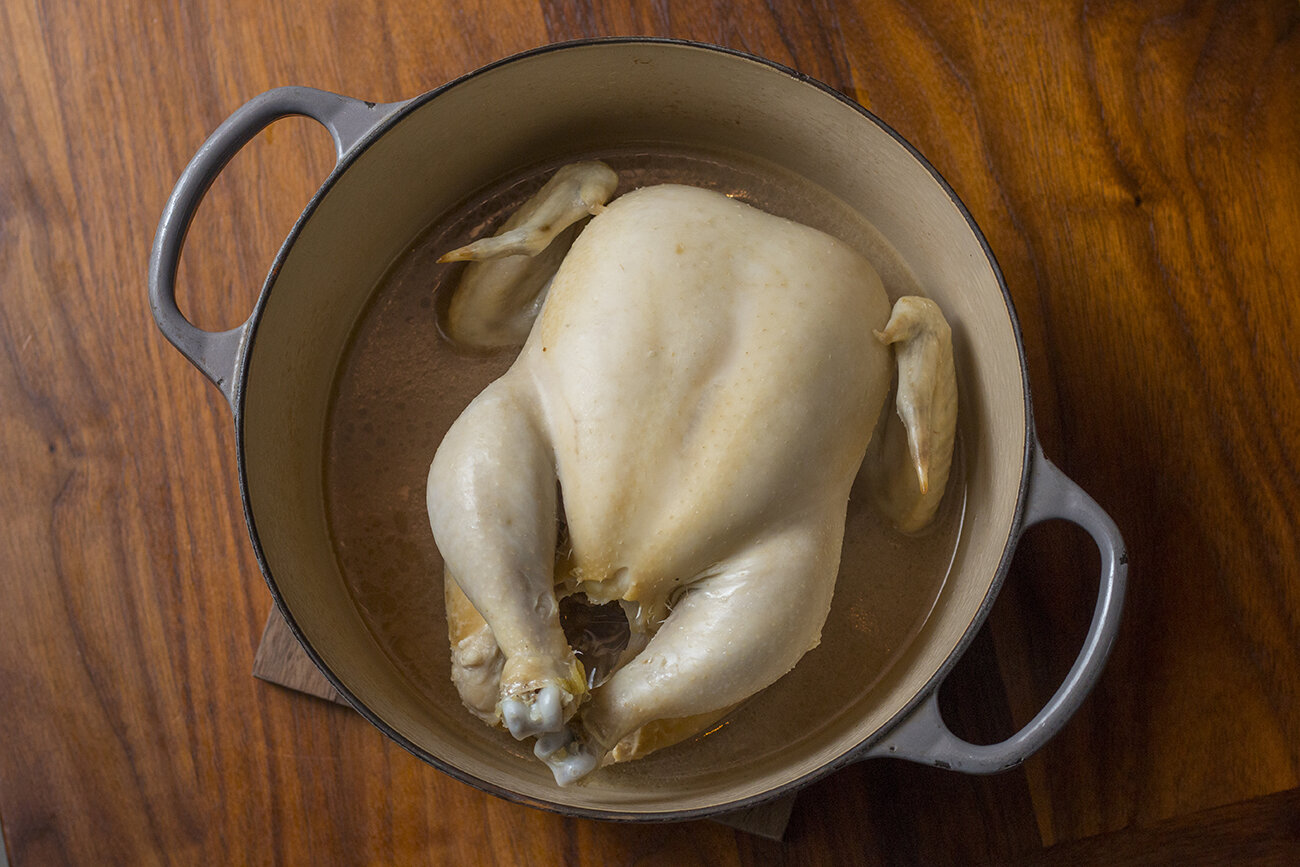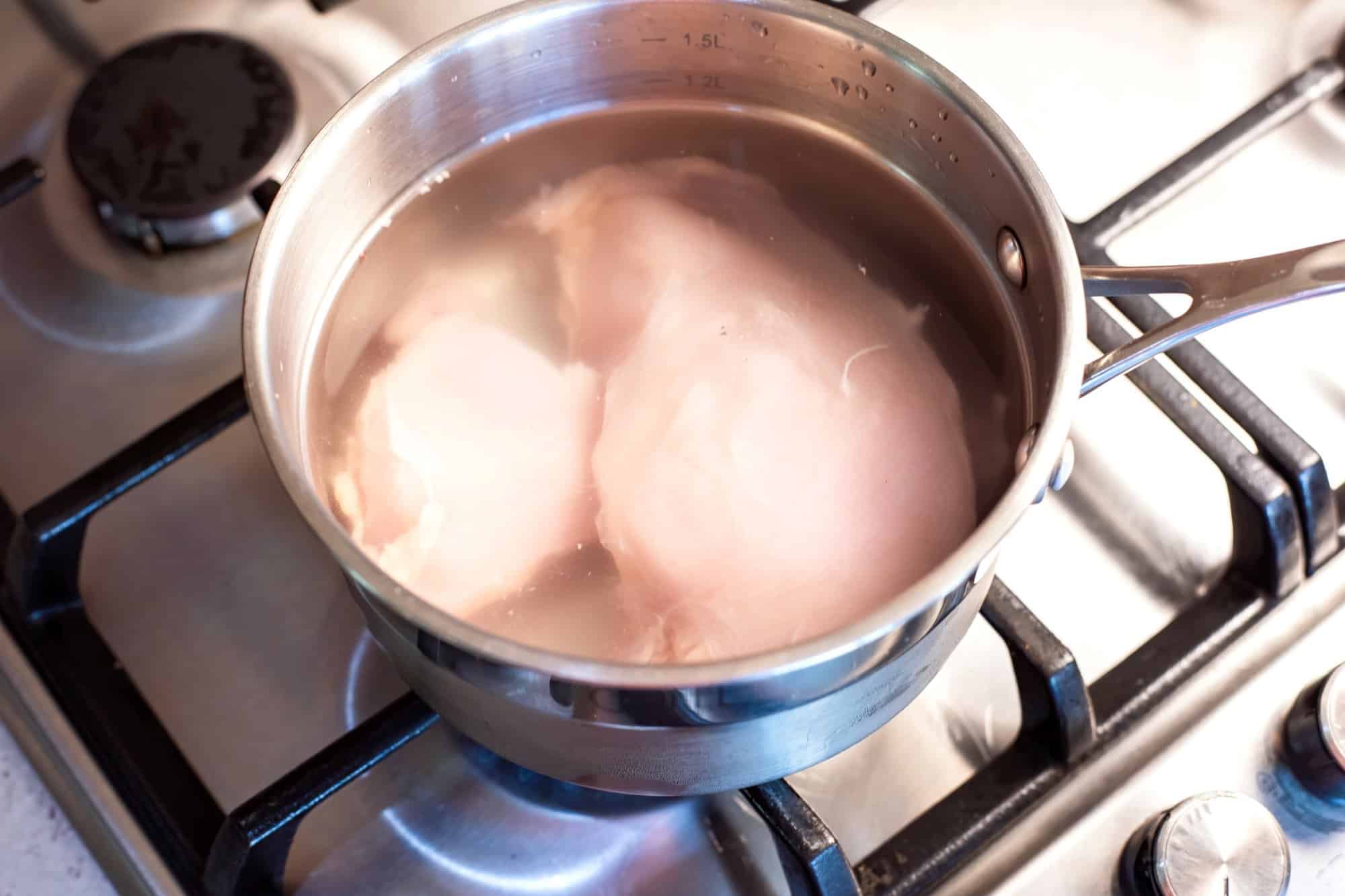How To Boil Lasagna Noodles: A Step-by-Step Guide
Lasagna is a beloved Italian dish that consists of layers of noodles, sauce, and cheese. One of the key components of making a tasty lasagna is properly boiling the noodles. In this guide, we will walk you through the process of boiling lasagna noodles to perfection. Follow these simple steps to ensure that your noodles turn out al dente and ready for layering.
Ingredients:
- Lasagna noodles
- Water
- Salt
- Olive oil
Step 1: Prep Your Pot and Water
Start by filling a large pot with water. For every pound of lasagna noodles, you will need approximately 4-6 quarts of water. This ensures that the noodles have enough space to cook properly. Add salt to the water to enhance the flavor of the noodles. For best results, use about 1-2 tablespoons of salt.
Step 2: Bring the Water to a Boil
Place the pot on the stovetop and turn the heat to high. Allow the water to come to a rolling boil. It’s important to wait until the water is boiling before adding the lasagna noodles.
Step 3: Add the Lasagna Noodles
Carefully add the lasagna noodles to the boiling water. Gently stir them to prevent sticking together. Make sure that all the noodles are fully immersed in the water. It’s important not to overcrowd the pot, so only add as many noodles as can comfortably fit without sticking together.
Step 4: Cook the Noodles
Cook the lasagna noodles according to the package instructions. The cooking time may vary depending on the brand and thickness of the noodles. It is recommended to cook the noodles until they are al dente, which means they are cooked while still retaining a firm bite.
Step 5: Test for Doneness
To check if the noodles are cooked to your desired level of doneness, carefully remove one noodle with tongs or a fork and take a bite. If the noodles are still too firm, continue boiling them for another minute or two. Keep in mind that overcooked noodles can become mushy, so it’s important to monitor them closely.
Step 6: Drain and Rinse
Once the noodles are cooked to perfection, remove the pot from the heat and carefully pour the contents into a colander or strainer to drain the water. Rinse the noodles with cold water to stop the cooking process and prevent them from sticking together. A drizzle of olive oil can also help prevent sticking.
Step 7: Ready to Layer
Your boiled lasagna noodles are now ready to be used in your favorite lasagna recipe. Layer them with your choice of sauce, cheese, and other delicious ingredients. Whether you’re making a traditional meat lasagna or a vegetarian version, the perfectly boiled noodles will form the foundation of your dish.
Now that you know how to boil lasagna noodles like a pro, you can confidently tackle any lasagna recipe. Remember to follow these steps for perfectly cooked, al dente noodles that will make your lasagna shine. Enjoy!
Did you find this guide helpful? Share your lasagna-making adventures with us in the comments!
Readers can put their newfound skill of boiling lasagna noodles to great use with a variety of recipes. For a hearty and comforting option, they might try the Classic Meat Lasagna, which combines rich meat sauce and gooey cheese. Vegetarians will appreciate the Vegetarian Spinach and Ricotta Lasagna, packed with nutritious greens and creamy ricotta. Those looking for a twist can go for the Chicken Alfredo Lasagna, offering a creamy, cheesy delight with tender chicken. Seafood lovers should not miss the Seafood Lasagna, which brings a taste of the ocean to their table. For a gluten-free alternative, the Gluten-Free Lasagna ensures everyone can enjoy this classic dish without worry. Lastly, the Vegan Lasagna with Cashew Cheese is perfect for those avoiding animal products, offering a creamy and delicious plant-based option.
Was this page helpful?
Read Next: How To Boil Potatoes For Potato Salad
